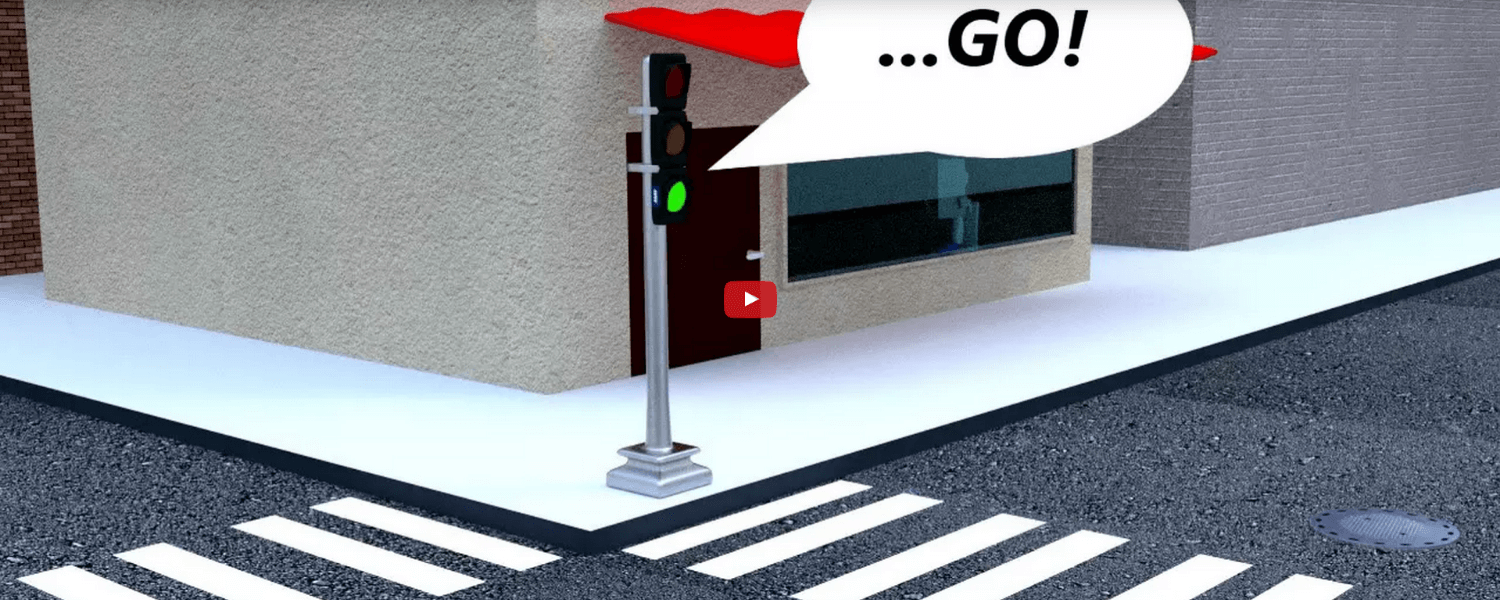
Vehicle-to-vehicle (V2V, also called car-to-car C2C) communication system uses a GPS receiver, a radio/antenna and an in-vehicle computer to share vehicle location and movement information with other V2V-equipped vehicles in range of approximately 400m. Information is then analyzed and used to alert the driver about potentially hazardous situations. Warnings can be provided in a variety of ways, including sounds, visual icons, control feedback and seat vibrations.
In addition, vehicle-to-infrastructure (V2I, also called car-to-infrastructure C2I) communications allow the car to receive driving condition information from traffic lights, road signs, tunnel and bridge equipment, or toll station equipment. Common notifications might include traffic congestion, speed limits, or height restrictions on bridges and tunnels. The combination of V2V and V2I technology is often referred to as V2X. As an important part of "Cooperative ITS" technology, V2X brings the basic block for information exchange in future vehicles.
When V2X capabilities are integrated with advanced driver assistance systems, the vehicle could take control of the brakes and/or steering to avoid collision if a driver fails to react in time. Unexpected emergency situations combined with ineffective driver reactions result in millions of crashes every year. As V2X-equipped vehicles begin to appear on our roadways, shared information could also be used to smooth traffic flow, reduce congestion, improve fuel economy and cut down emissions.
Automakers, technology providers, research institutes and governmental agencies are all engaged in developing V2V and V2I technology. In EU, the European standardization body ETSI has just published two European Standards for Intelligent Transport Systems (ITS): the specification of Cooperative Awareness Basic Service – EN 302 637-2, and the specification of Decentralized Environmental Notification Basic Service – EN 302 637-3. They define the message sets needed for running Cooperative ITS safety critical applications.
Published as Technical Specifications in Release 1 of ETSI ITS, the ENs have been prepared taking into account feedback from Plug tests interoperability testing workshops organized by ETSI for the industry, as well as feedback from implementation. They were developed under Mandate 453 of the European Commission.
As a leading regional provider of traffic controllers for intersection control, tunnels and border crossings Asist is committed to bring advantages of V2I communications to the market as soon as V2X technology starts to appear in vehicles. As early adopters of technology it is our vision to become a major European provider of V2I-enabled intersection (traffic lights) controllers.
See our short animated introductory video on what Asist's new V2I-enabled intersection controller brings to road users.
